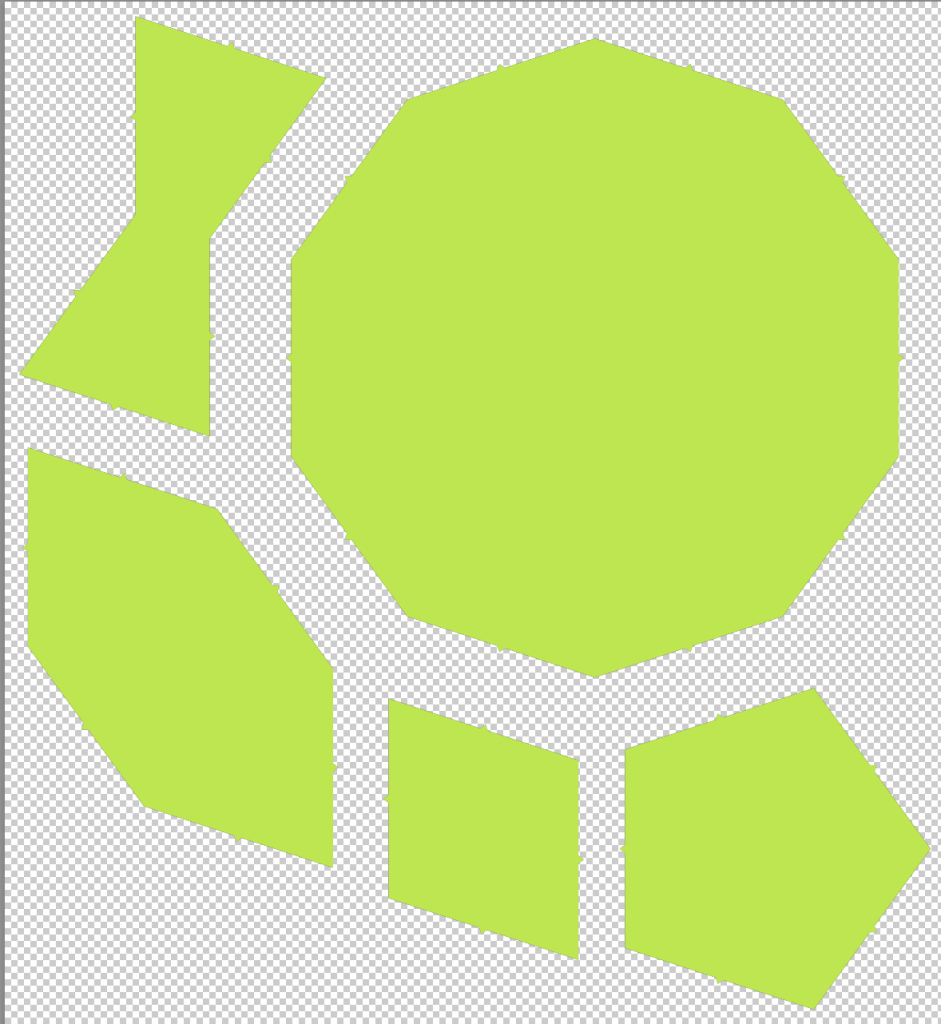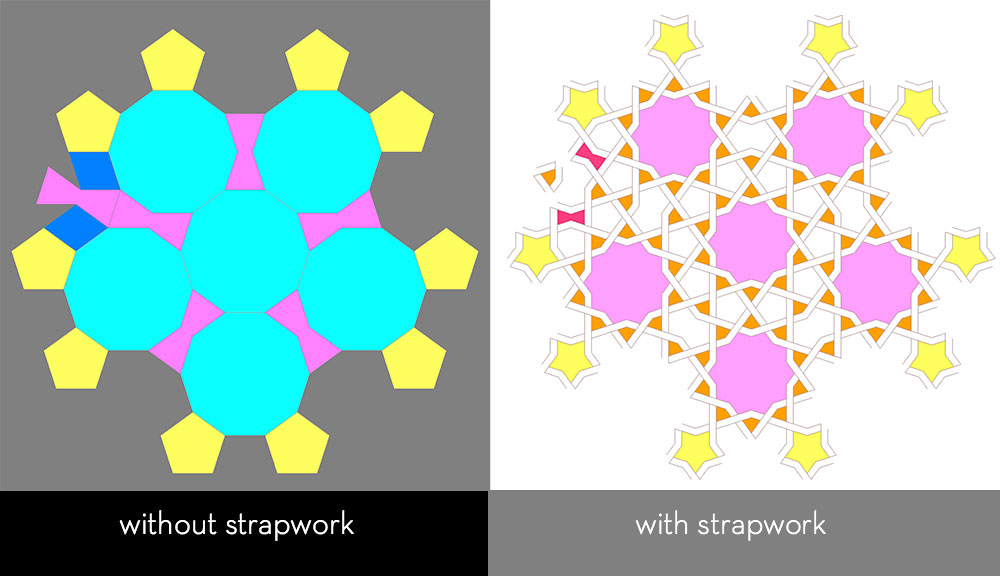
How the heck do people make those intricate designs on mosques and other Persian or Islamic structures? They are fascinating and gorgeous and so very complex. AHA! We found out how it is done and it is based on a surprisingly small number of shapes and lines. The shapes are called Girih tiles and the thick lines between the shapes are called strapwork. And there are only 5 basic shapes. Yes only FIVE! These patterns are similar to tesselations (which are another fascinating topic of patterning.) By the way, Girih means “knot” in Persian. Do you wonder why?
The Girih tiles were created so long ago that there is no absolute date to pin it on – some people think they are from the15th century, other researchers suggest that the patterns were created 500 years earlier. Either way, they have been around for a LONG time, and have produced incredible works.
The five tile shapes are:
The five shapes of the tiles are: (and thank you to Wikipedia for these specifics…)
When you want to make it look like so many patterns on buildings, where the shapes are outlines in a thick border, or “strapwork”, it changes the whole nature of the graphical image.

You can design your own patterns using this fantastic website, where you will find the Girih Tiling Editor. Designed by Nikolaus Baumgarten, this site allows you to make incredible patterns and then download them too. Try it out at https://girihdesigner.com/

